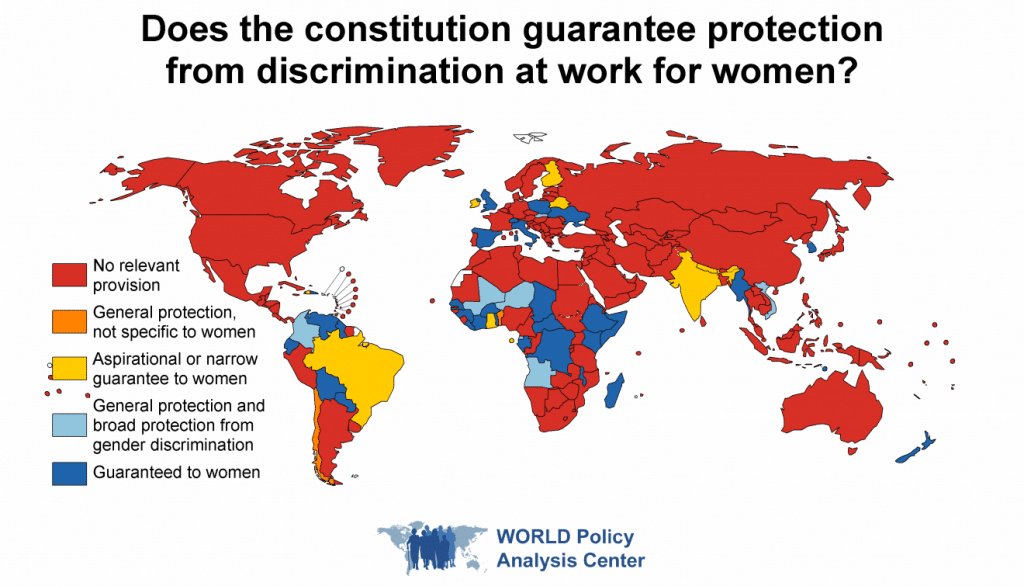Things you should know about gender inequality in business (infographic included).
Gender inequality plagues the business world.
Men dominate the executive ranks, and women face disproportionate challenges in their efforts to rise to the top.
Women’s salaries are lower than men’s throughout every level of the workforce.
The disparity between men and women is perhaps most pronounced at the level of CEO, where women are underrepresented.
On one side of the debate are those who would argue that equality means treating everyone the same.
So if women want to become equals in a male-dominated environment, they should be held to the same standards and given the same treatment as men.
This argument is often used to oppose initiatives that give women additional consideration in the hiring process or make efforts to create a more inclusive company culture. But it is a perspective that ignores the realities of discrimination and how it is often invisible to those who enact it.
Because hiring processes, performance evaluations, networking opportunities, and company cultures—to name just a handful of factors—are often designed and arbitrated by men, these systems contain inherent bias.
This form of gender inequality in business is not to say that misogyny gets knowingly built into the corporate world.
Instead, subtle influences and beliefs create systems that disadvantage women, only by them not including female perspectives.

The impact of this exclusion is profound. Because CEOs play an essential role in shaping the products and services a company offers. They exert such a profound influence on the stated mission of the organization, and define the public face of their companies, and they impact society in significant ways.
So when women lead only 5.5% of the nation’s most influential companies, there is a massive under-representation of a demographic that accounts for half of all consumers.
This disparity means that the consumer landscape is skewed by male perspectives, which means that both consumers and businesses are losing out. It means businesses aren’t reaching their maximum sales potentials.
A massive swath of consumers aren’t getting represented by the companies trying to reach them as a result.
Of course, huge leaps have taken afoot in the past century towards creating a gender-equal workplace. But we still have a long way to go, and if we can’t recognise and acknowledge the disparity, we are doomed to stagnation.
So to help us understand the issue more clearly; Our friends at Towergate Insurance recently published an interactive data graphic. They examined the common barriers between the genders, differences in opportunities for career advancement, and discrepancies in the gender pay gap.
Female CEOs, for instance, earn about £2 million ($2.5m) less per year than their male counterparts. They must work in their industries for about a year and a half longer before they can advance to the level of Chief Executive Officer.
Awareness is always the first step toward enacting change. So get the facts about this pressing issue in the business world, and learn how you can take active steps toward creating a more inclusive workplace.
A company that adequately represents its customer base is a company that succeeds where others fail. It is time to spark the change and make your company stronger and united.
Below are the statistics of gender discrimination towards female CEO’s in the workplace:

(Infographic Source: Towergate)





